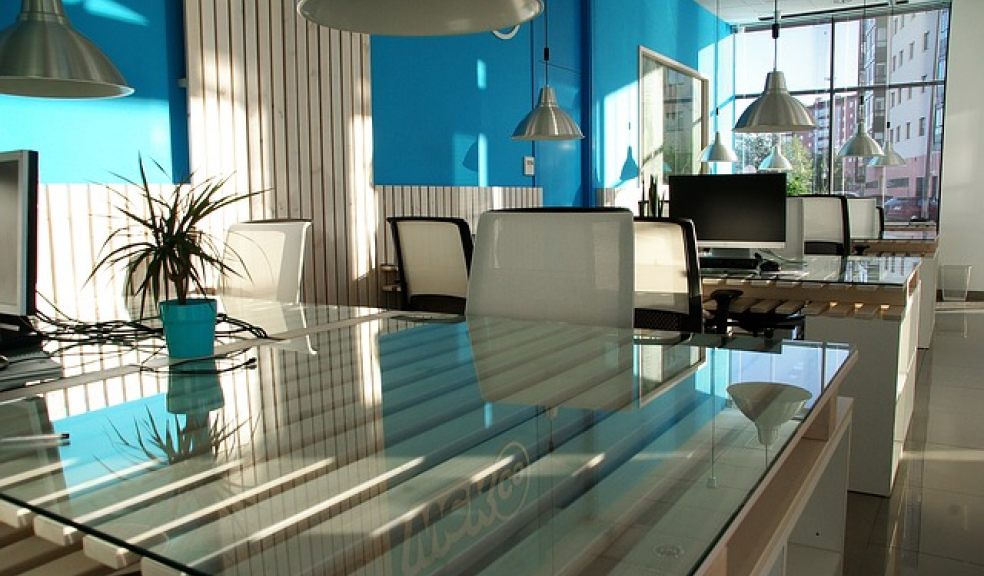
Office Design Ideas for Small Spaces
A well designed office usually balances perfectly on that fine line between efficiency and comfort. An overly efficient office can come off as cold and remind you too much of an office cubicle, while something too comfortable practically ensures you'll be doing everything but working while in your office. Here are three tips for creating a well balanced office in a small space.
Use Your Wall Space
When you are dealing with a smaller space, you should take advantage of all of the spaces you have available, including wall space. Since you don't want to over clutter the floor space so that movement isn't overly cumbersome, most of your storage space will be along the walls. Shallow bookcases that line up flush with the walls as well as a countertop with file storage beneath it may work well for storing your necessary files and papers, as the book cases can double as shelves for trophies, models, or other non-book items that are aesthetically pleasing, and depending on where your desk is placed, it can hide the file drawers from view.
Choosing The Right Desk
For a smaller office, you want either a desk that compliments the architecture of the room (for example an unconventionally shaped room might benefit from an L-shaped desk coming off of the wall or countertops in order to create the illusion of a more traditional square or rectangular shape). You also want a desk that fits the size of the room. While the desk should be the focal point of your office, as it is where most of the work will be getting done, it shouldn't monopolize the space either. Kevin Sykes from Modern Digs explains that getting an ergonomic office desk setup is a much healthier solution for your office environment. Finding something comfortable yet practical is key.
Color Is Important
Color is very important when working with small spaces. While the color scheme as a whole doesn't have to be bright, you will want your ceiling to be a lighter color than the walls. The lighter color on the ceiling give the illusion of a higher ceiling, and the illusion of a more spacious room as well. Mirrors are also a great way to create the illusion of space, though they are a bit harder to implement in an office setting. When choosing a color palette, here are a few things to keep in mind.
Deep and rich colors like burgundy, teal, and dark woods like mahogany can give a very classic and high class look to your office, but the darker colors may make it looks smaller than it really is in terms of space.
While white creates a very modern look, overusing it may result in the office looking too empty, and almost too sterile and emotionless. If you are using white as your focal color, be sure to use an off-white for the walls and perhaps a white for the ceiling, and add splashes of a supporting color throughout your office decorum to breathe a little life into the design.
Using unconventional colors like muted yellows, brighter greens, and pastels might make a more comfortable feeling office, but it will lack a sense of professionalism.
Lastly, do not use a solid or bright yellow as your base wall colors. It may be calming at first but eventually it will become irritating to look at. If you insist on using yellow as your main color, use a muted yellow or a pale yellow-white to offset the brightness of the color.

















